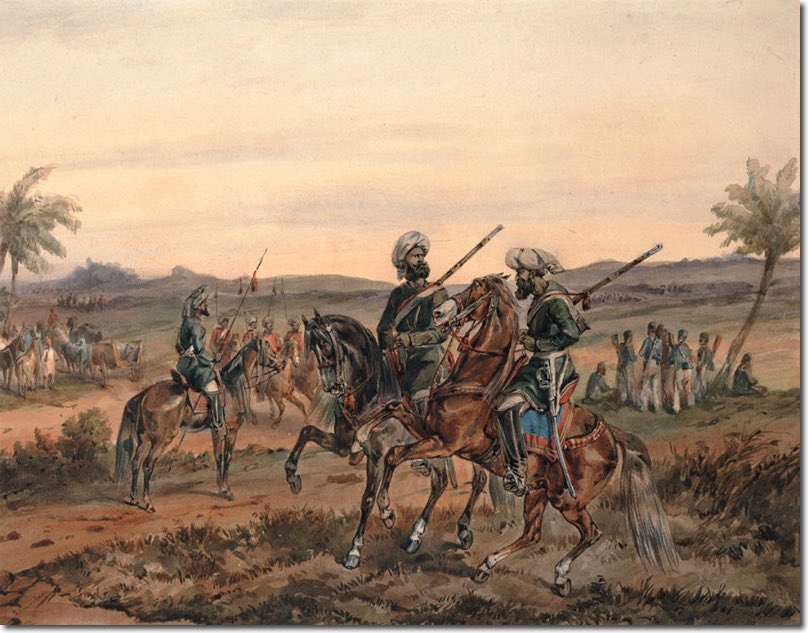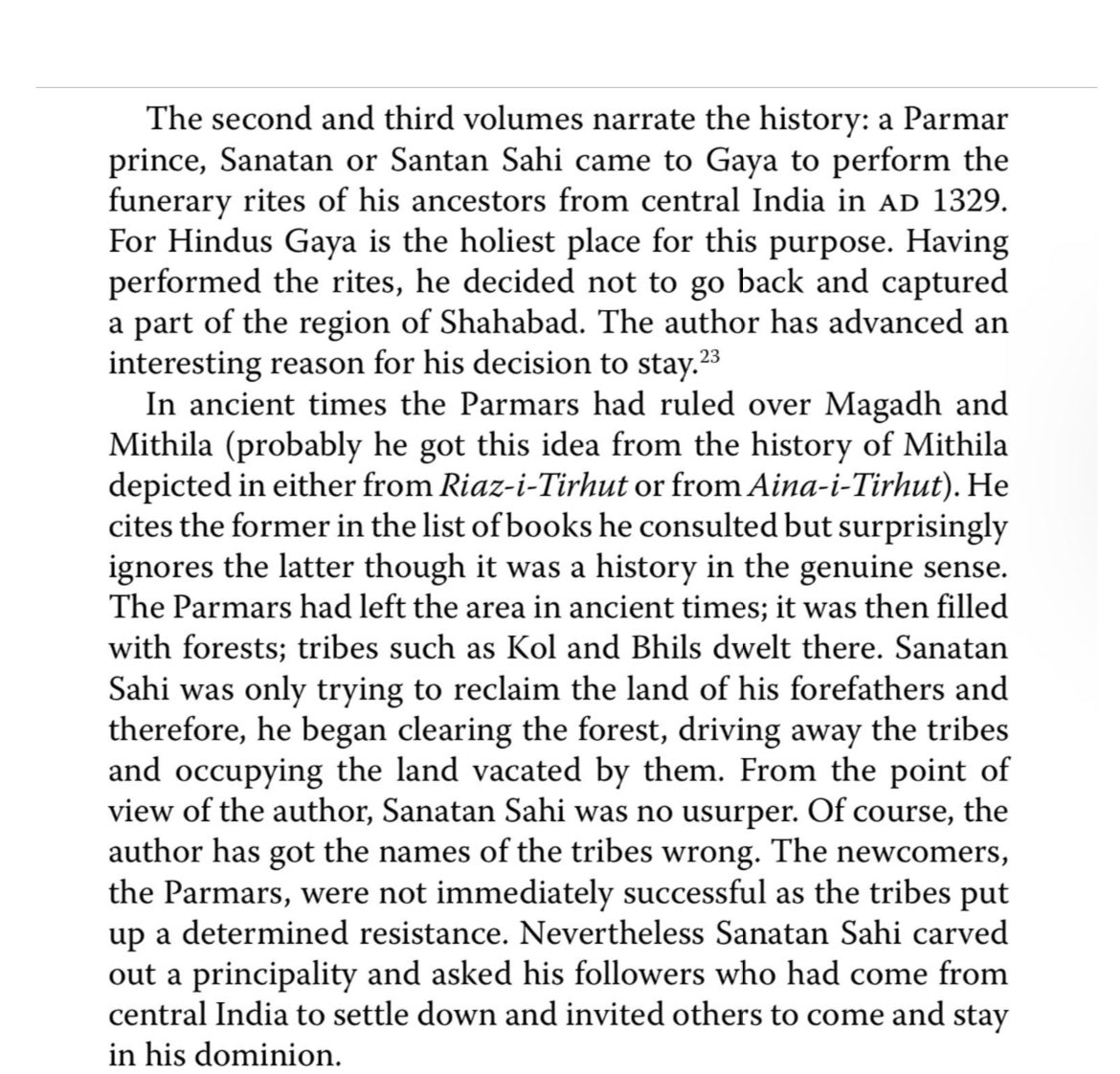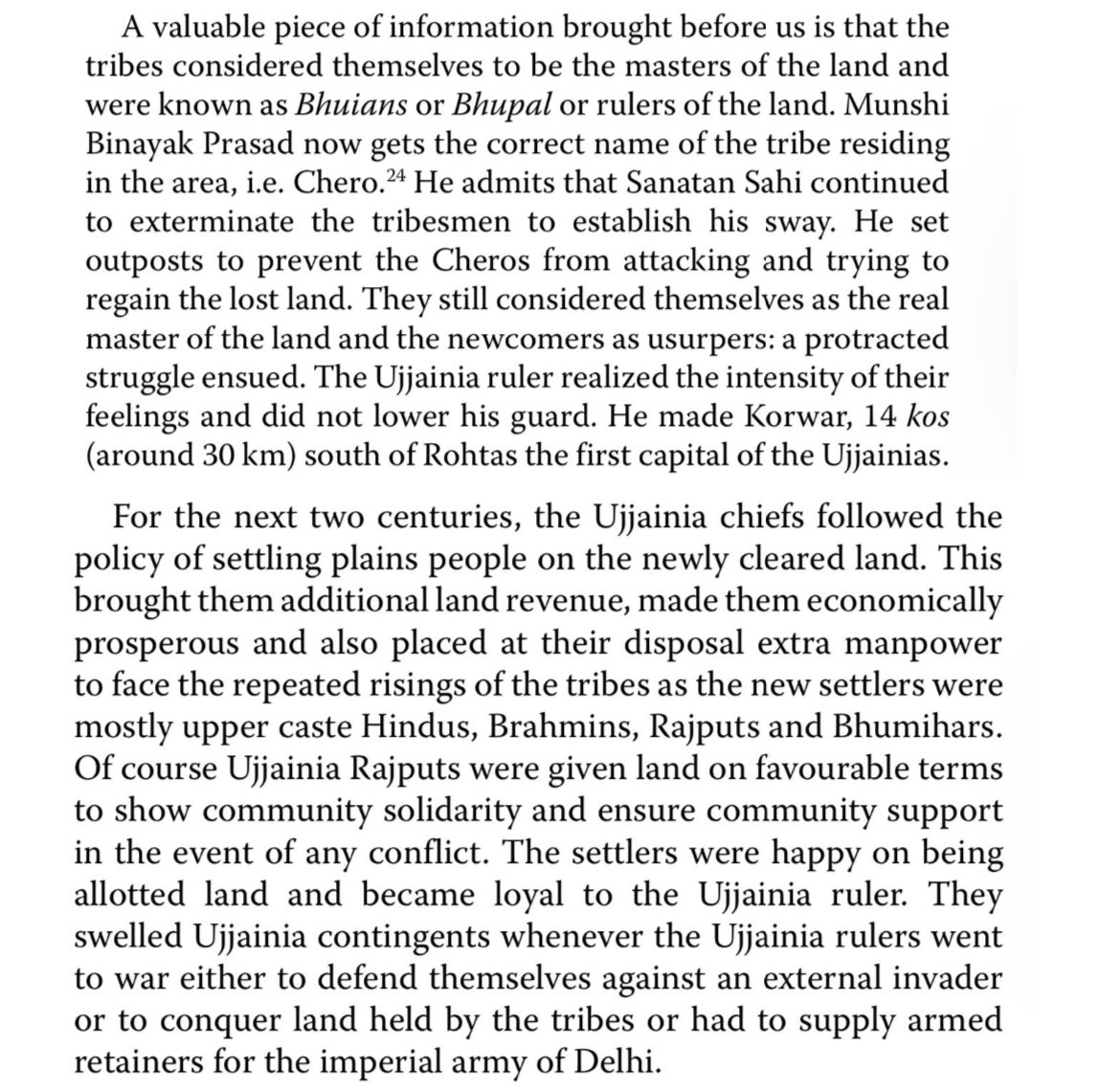🧵on the Cattar or Cathiar. The Cathiar were Brahmin war bands found throughout Kerala and Tamil Nadu as well as the rest of Southern India, where they were referred to as ghatam/kalam. 

The Cathiar would take up arms for their respective kings. However upon defeat of their liege lord, they could be incorporated into the new kingdom. At times, they entered into political disputes, choosing the kings of the Cheras and Pallavas, or even founded kingdoms






in the case of the Kadambas. To join the Cathiar, one had to be proficient in the Vedas and had to be certified by 5 current members that the candidate was proficient in Vaiyakarna, Mimamsa and Purohita. 

They were prohibited from bringing arms into gatherings, playing dice within the temple and from keeping concubines within the Matha. In the Kuvalayamala, the Cathiar are described as large men with upturned mustaches and undressed hair.




The Cathiar were also characters in contemporary literature, always depicted armed and engaging in courtly and religious festivals. Even attempting to impress courtesans with their bloody weapons, martial prowess and scholarship. 

The headquarters of the respective Cathiar band included a temple, residences for the men and lands farmed by tenants, who passed up parts of their produce and resources to the Cathiar. If the peasants failed to provide the correct amount, the Cathiar had the right
Did such a practice exist within Northern India as well? Perhaps…the Nagas of the Dasnami Sampradayas, Ramanandis and Dadupanthis operated in very similar ways. Additionally we have evidence of similar activities in Madhya Pradesh. So some form of this institution
https://twitter.com/ghorangirasa/status/919238850068795392
possibly existed all over India. Anyways, here’s the article for further reading.
jstor.org/stable/44141058
jstor.org/stable/44141058
• • •
Missing some Tweet in this thread? You can try to
force a refresh




























